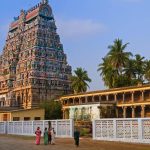Top 15 Facts about Bali
Bali, an island in the Indonesian archipelago, is home to some of the most stunning beaches, white sand, blue seas overlooking the horizon and some great water Adventure activities in Bali. There is no place like Bali: It is a magical blend of picturesque nature, vibrant culture, friendly people, tropical weather and endless adventure activities. That makes it a top destination amongst globetrotters.
If this sounds like fun to you, then plan your Bali holidays through Bali Tour Packages, and sail aboard the Bali Dreams.
Bali is also deep rooted in its culture that makes it even more fascinating for tourists. From Temples in Bali to Beach Clubs in Bali, there is a little of everything for everyone visiting this Island of Gods.
Bali is a unique place that has some real differences from the rest of Indonesia, in terms of culture, language, religion, etc. and it is very easy for people to think that Bali is its own country rather than part of a much larger country.
15 Interesting Facts about Bali You Should Know
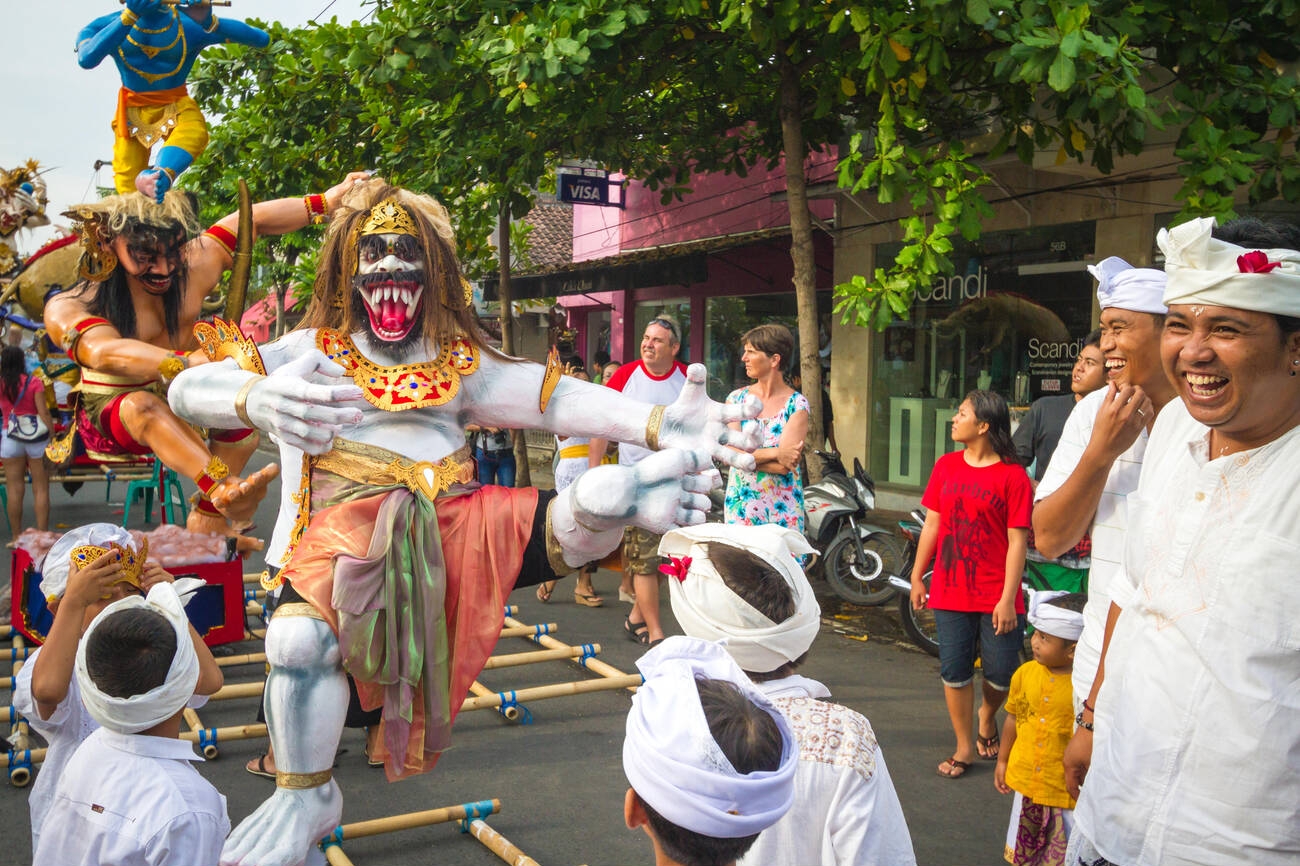
- Nyepi Day ( Balinese New Year): One of the most surprising Bali facts is that it celebrates its New Year in silence.
Termed as Nyepi Day, it is marked in silence as Balinese people spend this day reflecting on themselves and their actions through fasting and meditation. It is a part of the 6-day ritual in Bali Festival according to the Saka Calendar, a lunar calendar.
The entire island comes to a standstill and airports and other modes of commuting also comes to a halt on this day. Tourists are required to stay in their respective hotels and resorts and be respectful to Balinese traditions and customs. Nyepi Day is a sacred Hindu holiday in Bali and an important public holiday for the rest of Indonesia.
- Balinese Hinduism: Balinese people are Hindus vis a vis the rest of Indonesia which practises Islam as their main religion.
But, Balinese Hinduism is a distinct form of actual Hinduism practised in India and elsewhere. Balinese Hinduism is based on the belief of Tri Hita Karana, which emphasises the importance of harmony between humans, nature, and Gods. This philosophy is reflected in all aspects of Balinese culture, from the way they build their villages to the way they celebrate their religious festivals.
Suggested Read: Balinese Ghost Stories

- Balinese Offerings: The Balinese people have a tradition of offering baskets, known as Canang Sari, on a daily basis.
These baskets are filled with flowers, fruits and other offerings to appease the Gods. The Canang Sari symbolises gratitude. While Balinese Hinduism believes in maintaining a balance between everything, the Canang Sari is used to appease the needs of the demons so that they do not go into the human realm and stay where they are.
With this ritual, Balinese Hinduism strives to maintain the balance between good and bad. Rooted in this belief is an understanding that both positive and negative energies exist in the world where we live.
- Subak Is a UNESCO World Heritage Site: The Subak system reflects the philosophical concept of Tri Hita Karana which brings together the human world, nature and the spiritual realm.
The Subak system of farming has helped the Balinese society to become the most prolific rice growers in the archipelago despite the challenge of supporting a huge population. Rice is deemed as a gift of God and the Subak system is part of the temple culture. Water from springs and canals flows through the temples and out onto the rice paddy fields.
Since the 11th century, the water temple networks have managed the ecology of rice terraces. UNESCO has designated Subak as a cultural heritage because it has an important role in the livelihoods and survival of the Balinese.
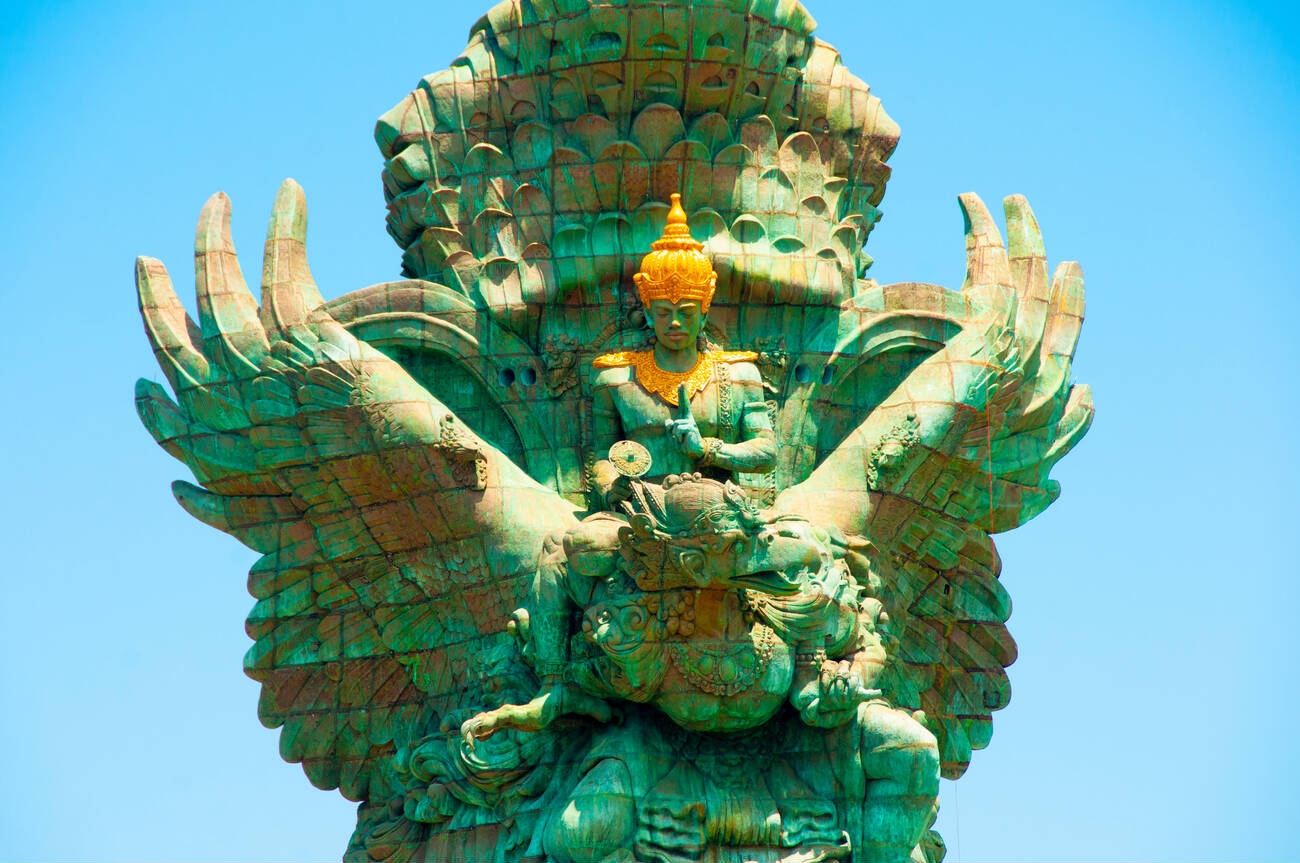
- Garuda Wisnu Kencana is one of the Highest Statues in the World: The statue of Garuda Wisnu Kencana at 112 metres is the tallest statue in Indonesia and the eighth in the world. Tourists visiting Bali marvel at the splendour of this towering statue. The GWK statue was designed by Balinese artist, I Nyoman Nuarta and its construction process took 28 years to complete.
- Names in Bali: Most Balinese children are simply named after their birth order.This makes one wonder that Wayan, Made, Nyoman and Ketut are the only names in Bali. Most Balinese people are given one of these four names, male or female. It simply means ‘firstborn’, ‘second born’, ‘third born’, and ‘fourth born’.
Suggested Read: Languages in Bali
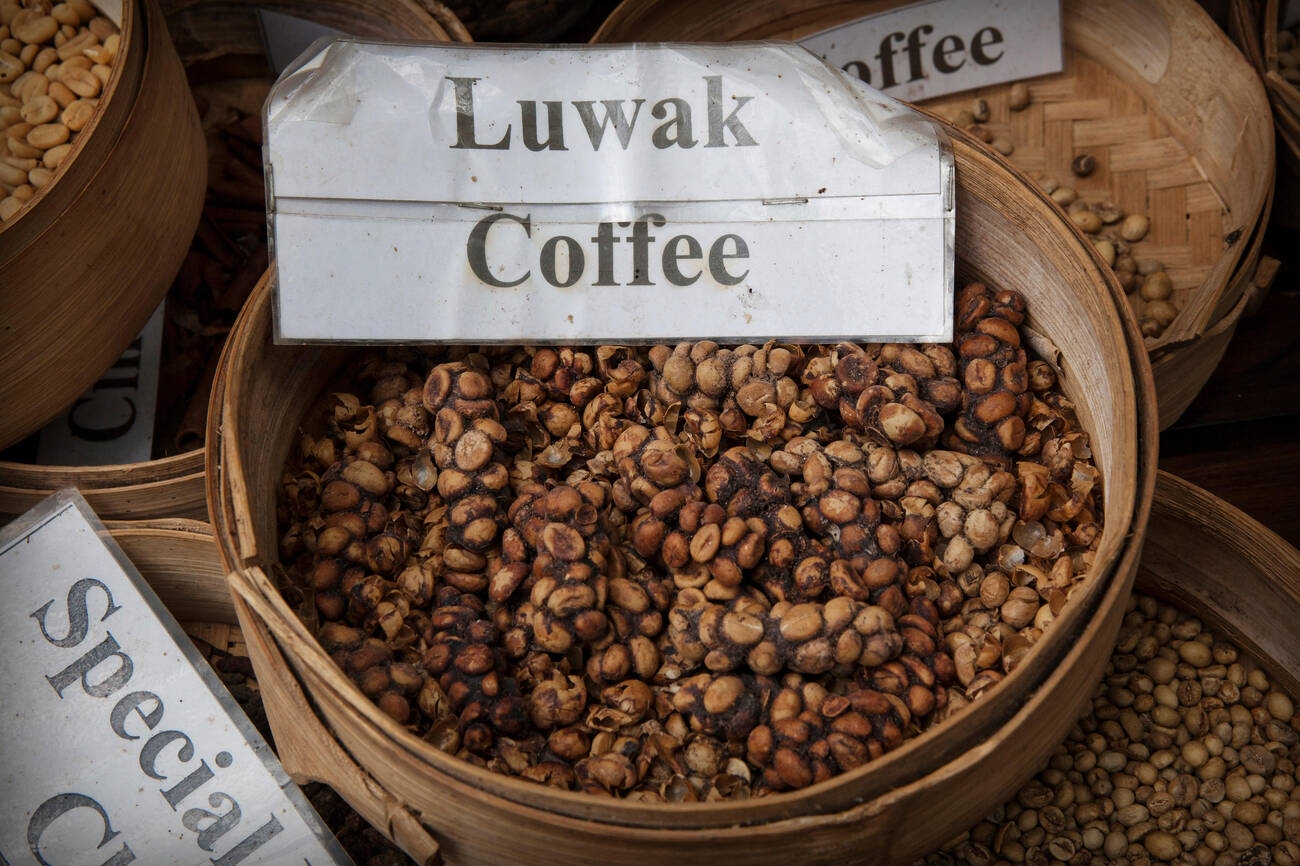
- World’s most expensive coffee Kopi Luwak: The World’s most expensive coffee comes from here. Kopi Luwak or Civet Coffee is the most expensive coffee and it is not your usual coffee.
It is processed from the poop of civets and is a connoisseur coffee. It is a type of coffee that is partially digested coffee cherries, which have been eaten and defecated by the Asian palm civet. The cherries are fermented as they pass through a civet’s intestines, and after being defecated with other faecal matter, they are collected to produce the world’s most expensive coffee, Kopi Luwak.
- Black Sand Beaches: One of the most alluring images of Bali in the world press is of all the lovely white sandy beaches that make this place look like paradise. Yet, nearly half of the Beaches in Bali are made up of black sand beaches. Amed Beach and Lovina Beach are both black sand beaches. The black sand is formed from a volcanic eruption and can be very black or a sort of dark brown and rocky.
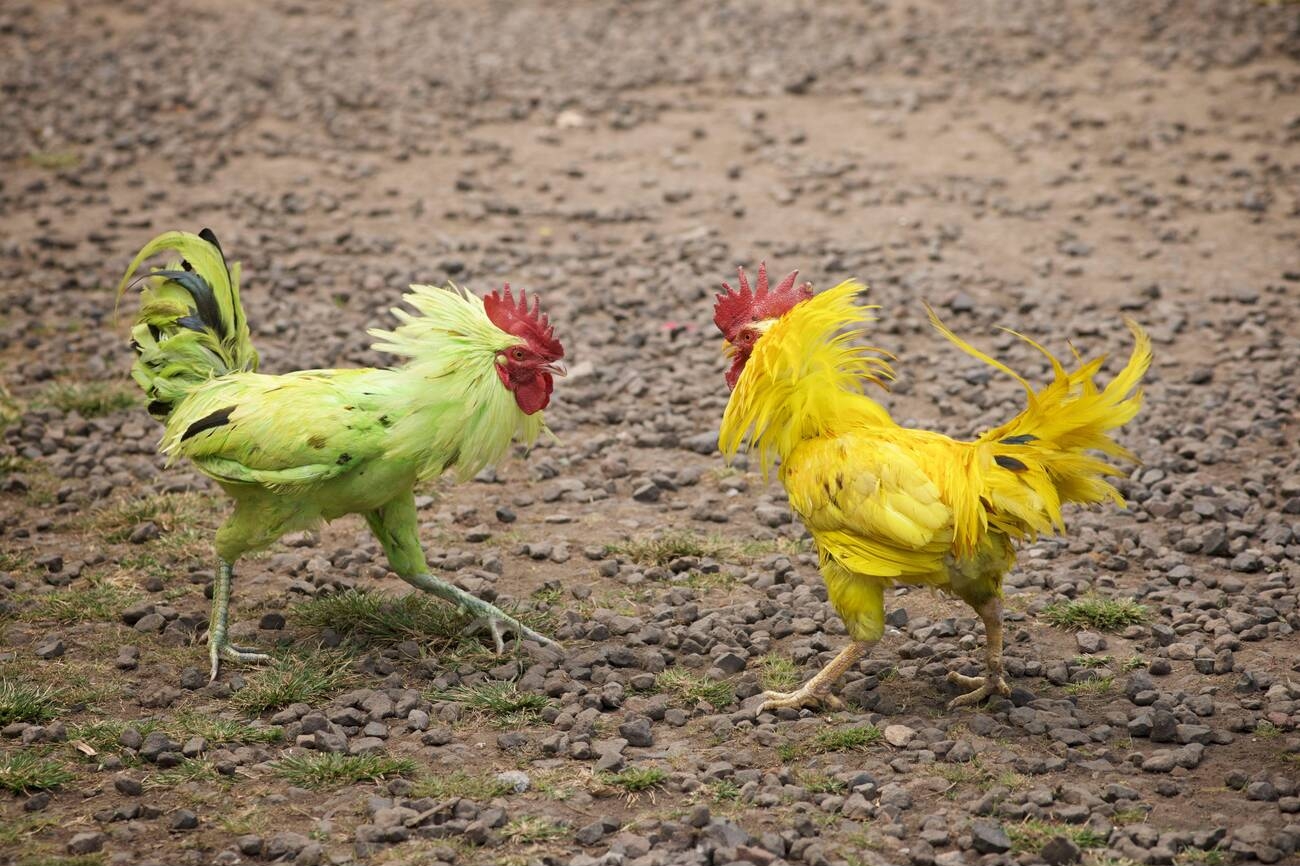
- There are two calendars used in Bali: The two Balinese calendars are Pawukan and Saka Calendar. While the Saka calendar is similar to the Gregorian calendar, the Pawukon calendar is much more complex, featuring 210 days in a year and 10 different weeks of different lengths that all occur simultaneously. Each has a special role in Balinese society, with the Saka calendar setting the date for Bali’s own New Year and the Pawukon calendar being the basis for most Bali festivals and holidays.
- Cockfighting: Cockfighting continues to be the traditional national sport in Bali. There are three types of cockfighting, namely Tabuh Rah, Tajen Terang and Tajen Branjangan.
- Tabuh Rah is held when the Balinese hold a Butha Yadnya religious event. All Balinese Hindus will witness three cocks being fought until they bleed. The blood is an offering for Butha Yadnya in order not to disturb humans.
- Tajen Terang is a cockfight containing gambling elements and there is no religious significance to it. Usually, the money from the cockfights will be used to build a village.
- Tajen Branangan is an illegal cockfight and is identical to gambling. Tajen Branangan is often held far from the village and the authorities need to be informed about it.
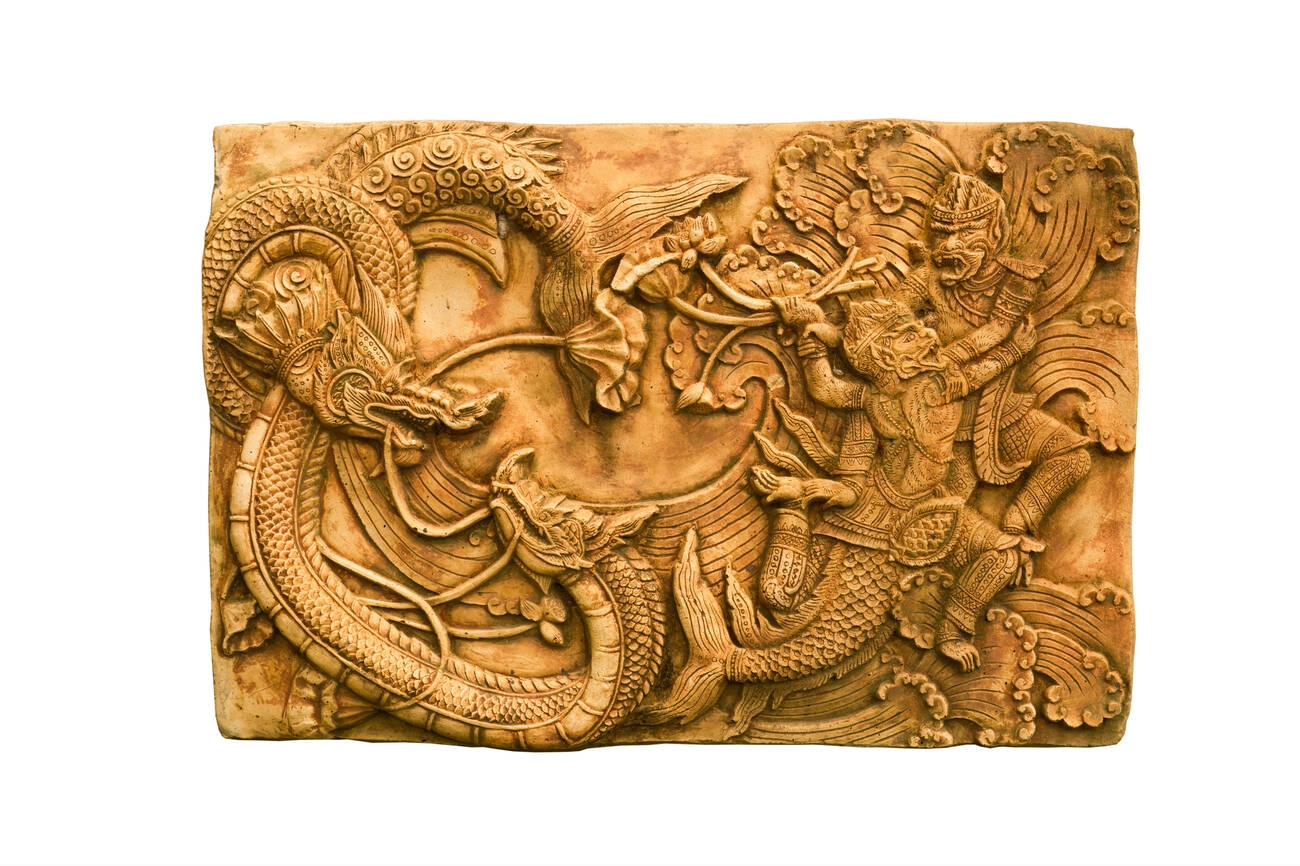
- Tooth Filing Ceremony: When a Balinese person reaches puberty, are required to participate in a ‘tooth filing ceremony’. This ceremony symbolises three things: coming of age, the transition from animal to human and the control of the 6 human evils (desire, greed, anger, confusion, jealousy and being under the influence of strong).
- The Concept of Angels: Balinese babies are carried everywhere during their first few months of their lives. This is because they believe babies to be angels and they are not allowed to touch the ground and their connection to the spiritual world is kept intact by not touching the earth. When the time comes that they can be allowed to touch the ground, a big ceremony is held.
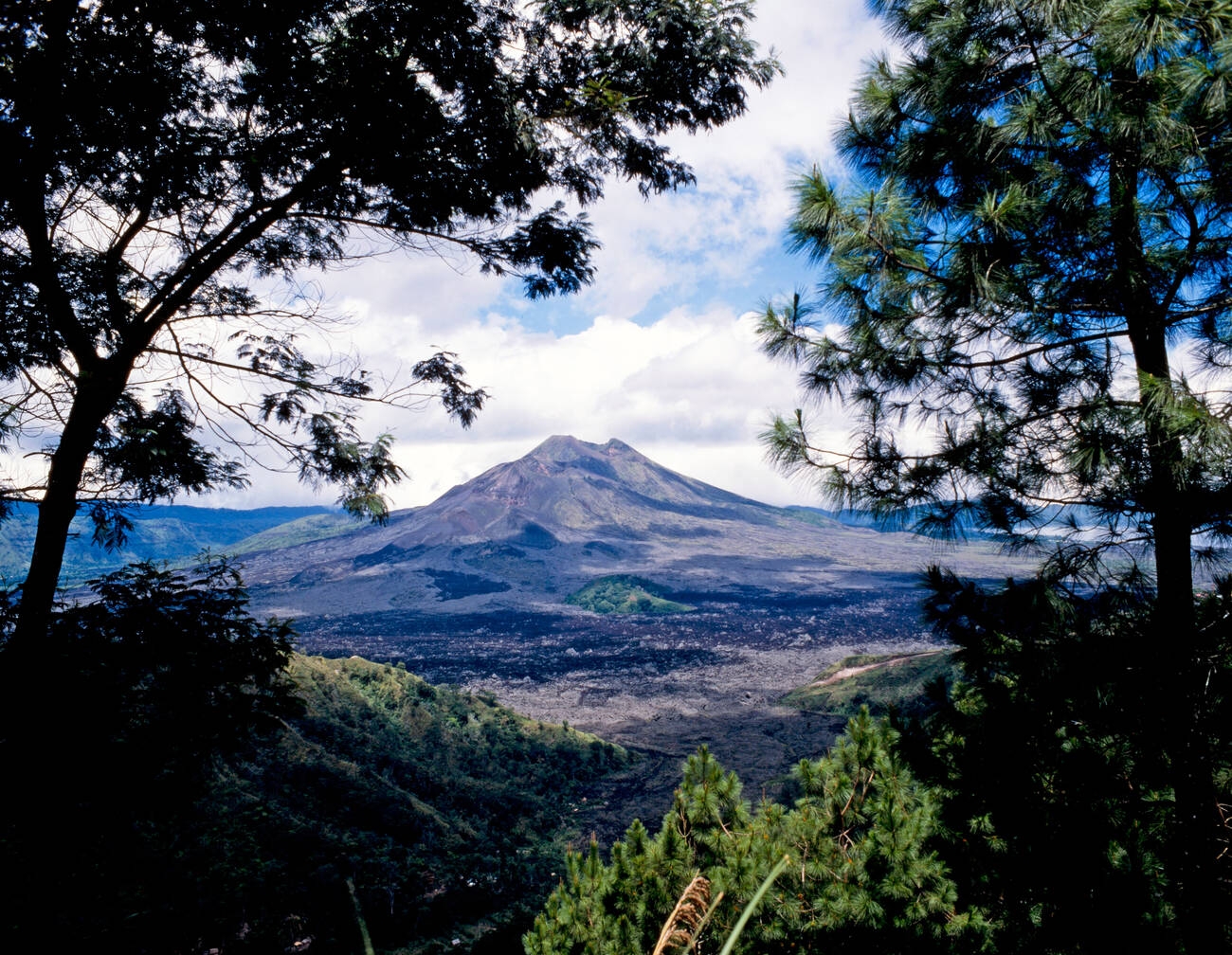
- Home to Two Active Volcanoes: Bali is a volcanic island and has two active volcanoes. The first is Mount Batur and this is the smaller of the two. The second is Mount Agung, the sacred keeper of the nation is also known as the Sacred Mother Mountain. The views from this summit is simply out of this world, but one has to be really physically fit to summit this feat.
- More Tropical Fish than the Great Barrier Reef: This is one of the most incredible facts about Bali. There are over 3,000 fish species with an abundance of colourful marine ecosystems and exotic aquatic life to explore in Bali and that means there are twice as many species in the local reefs than there are at the Great Barrier Reef!
- North May Not Mean North In Bali: Mt. Agung is the most sacred place in Bali. It is so sacred that people align themselves more with the volcano than with cardinal directions. So ‘north’ in Bali is sometimes used to mean ‘toward Mt. Agung’, even if it is south in cardinal direction.
Suggested Read: Bali in Summer
How Old Is Bali In History?
Although Bali’s history has been traced to the Stone Age, most of Bali’s rich heritage started to develop during the Empire of the Majapahit (1293 to 1520 AD).
What Is Unique About Balinese Culture?
Balinese culture is unique and vibrant. It is influenced by a combination of Hinduism, Buddhism and animism and it is characterised by a strong sense of community and the importance of art and rituals in daily life.
Is Bali cheap or expensive?
Bali is one of the cheapest regions to visit in South-East Asia. The island is as expensive as you want to make it. Your trip can be very affordable or very expensive, depending on what choices you make.
Which is the best month to visit Bali?
The most ideal time to visit Bali is during the dry season of April-October.




